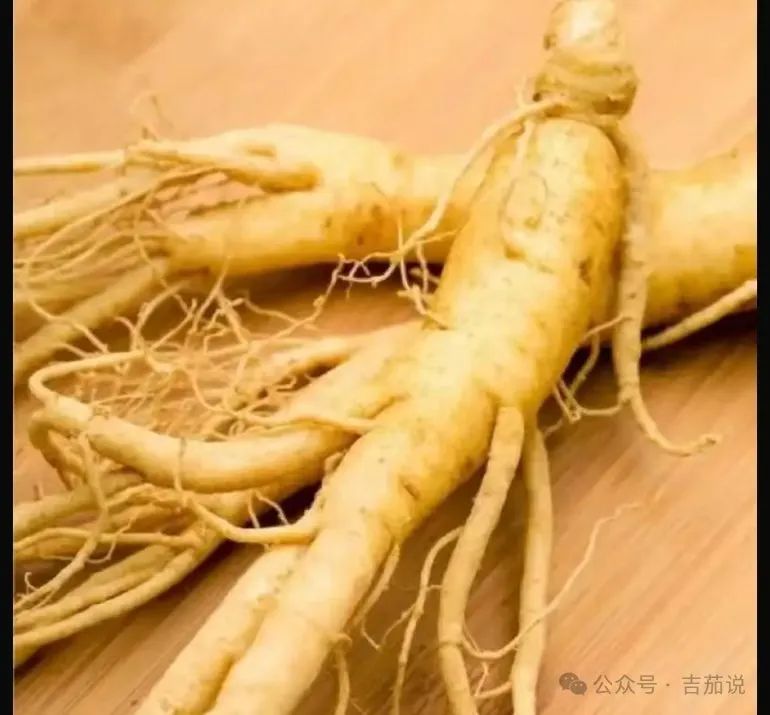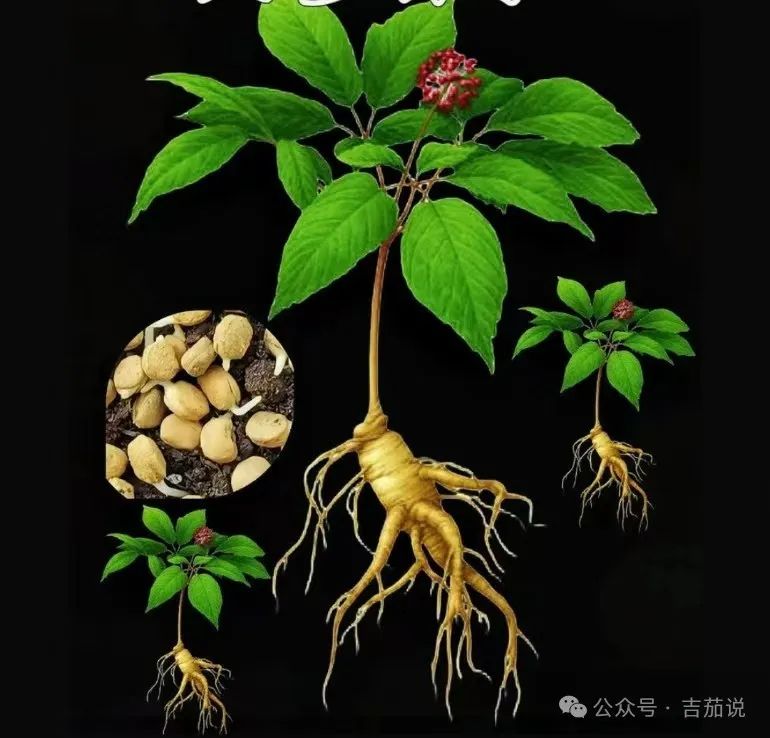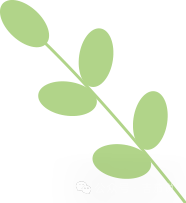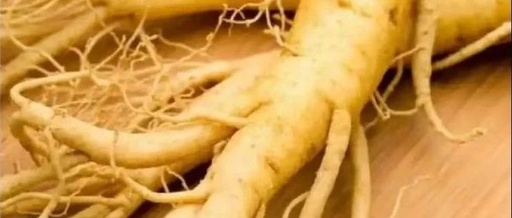
In this era of increasing health awareness, the health supplement market is booming, with various “miraculous” products dazzling consumers.
Among them, ginseng, as a traditional tonic, is particularly sought after. However, do you really know how to properly consume ginseng?
Today, let’s talk about ginseng—the correct approach to food and medicine integration, so you won’t randomly consume health supplements anymore!
1. Ginseng: Historical Origins of Food and Medicine Integration
Ginseng has been revered as a supreme tonic in Traditional Chinese Medicine (TCM) since ancient times, known as the “King of Herbs.”
It not only greatly replenishes vital energy (yuanqi), but also tonifies the spleen and lungs, generates fluids, quenches thirst, calms the mind, and enhances intelligence.
In the “Shennong Bencao Jing” (Shennong’s Classic of Materia Medica), ginseng is classified as a superior herb and is one of the representatives of food and medicine integration.
However, as the ancient saying goes, “All medicines have some toxicity,” ginseng, while beneficial, must be consumed scientifically.
2. Types and Effects of Ginseng
There are many varieties of ginseng, commonly including garden ginseng (yuan shen), wild mountain ginseng (ye shen), and forest ginseng (linxia shen).
Different types of ginseng have different effects.
Garden ginseng is mainly used to tonify qi and nourish blood, and enhance immunity;
Forest ginseng focuses more on nourishing yin, moistening the lungs, and delaying aging;
Wild mountain ginseng is considered a superior tonic due to its rarity and high nutritional value.
However, it is important to note that not all ginseng is suitable for everyone.
For example, young and robust individuals consuming excessive ginseng may experience symptoms such as heatiness and nosebleeds.
Therefore, when choosing ginseng, one should consider their constitution and needs, and consume it within reasonable limits.
3. Correct Methods of Consuming Ginseng
1. Consume in moderation: Ginseng is beneficial, but should not be overconsumed. Generally, 3-5 grams per day is appropriate. Excessive consumption may not only fail to maximize ginseng’s benefits but may also burden the body.
2. Reasonable pairing: Ginseng can be paired with red dates (hong zao), goji berries (gou qi), and angelica (dang gui) to enhance its tonic effects. However, avoid pairing it with foods that counteract its effects, such as radishes and strong tea, to prevent interference with ginseng’s absorption and efficacy.
3. Proper cooking: Ginseng can be prepared in various ways, such as stewing, brewing tea, or making wine. However, be cautious not to cook it for too long, as this may destroy its active components. Additionally, fresh ginseng or high-quality ginseng products should be used for cooking.
4. Contraindications and Precautions for Ginseng
1. Contraindicated populations: Pregnant women, nursing mothers, children, and those with fever, colds, or other physical discomforts should avoid consuming ginseng.
2. Drug interactions: Individuals taking other medications should consult a doctor before consuming ginseng to avoid potential interactions.
3. Storage precautions: Ginseng should be stored in a cool, dry place, avoiding direct sunlight and humid environments. Regularly check the storage condition of ginseng to ensure safe consumption.
4. Avoid using with radishes, leeks, and other incompatible foods; do not use long-term; contraindicated for excess conditions and heat conditions.
5. Medicinal Dishes
1. Steamed Ginseng and Astragalus Chicken【Source】”Common Chronic Disease Dietary Therapy”
【Ingredients】
30g ginseng, 10g astragalus (huang qi), 1 hen (about 1500g).
【Preparation】
First, wash the ginseng and astragalus with water to remove impurities, soak the ginseng in 1 tablespoon of yellow wine; after slaughtering the hen, remove feathers and internal organs, wash clean, cut into small pieces, and mix with the two herbs in a ceramic bowl, adding 1 tablespoon each of fine salt and yellow wine, and steam over high heat for 3 hours until the chicken is tender.
【Suitable for】
Suitable for diabetes-related thirst, excessive appetite, physical weakness, cold intolerance, or elderly individuals with qi deficiency and prolapse.
2. Steamed Eel with Ginseng【Source】”Chinese Medicinal Cuisine”
【Ingredients】
1000g eel, 10g ginseng, 3g angelica, 150g cooked ham, 500g clear chicken broth.
【Preparation】
Clean the eel, blanch briefly in boiling water, scrape off the slime, cut off the head and tail, and cut into 6cm long pieces; slice the cooked ham.
In a pot, add clear water, scallions, ginger, and cooking wine, bring to a boil, then blanch the eel pieces, remove and place in a soup pot, add ham, ginseng, angelica, scallions, ginger, cooking wine, pepper, fine salt, and pour in the chicken broth, cover, seal with wet cotton paper, and steam for about 1 hour. Remove, uncover, discard scallions and ginger, add monosodium glutamate, and serve.
【Suitable for】
Suitable for kidney and liver deficiency, lower back and knee pain, fatigue, rheumatic pain, heavy and cold joint pain, and edema.
3. Ginseng and Jujube Porridge【Source】”Self-Treatment of Common Diseases through Diet”
【Ingredients】
6g ginseng, 8 jujubes, 50g japonica rice.
【Preparation】Wash the ginseng to remove impurities, pit the jujubes, and rinse the rice; cook all three ingredients together in a pot with an appropriate amount of water until soft and porridge-like.
【Suitable for】
Suitable for qi deficiency with early menstruation, excessive flow, pale color, thin quality, and fatigue.
4. Ginseng, Ejiao, and Longan Soup【Source】”Comprehensive Guide to Famous Chinese Medicinal Dishes”
【Ingredients】
3g ginseng, 20g ejiao, 30g longan flesh, 100g red beans.
【Preparation】
First, wash the ginseng, dry it, and slice it for later use. Grind the ejiao into powder.
Then, wash the red beans and longan flesh, place them in a clay pot with an appropriate amount of water, boil over high heat, then simmer for half an hour over low heat.
Finally, when the red beans are soft, add the ejiao powder to dissolve, then add the ginseng slices and boil until bubbling.
Take in the morning and evening, drinking the soup and chewing the ginseng slices and longan flesh.
【Suitable for】
Suitable for qi and blood deficiency, weak spleen and stomach, poor appetite, and cold hands and feet.
5. Ginseng Yam Cake【Source】”Chinese Medicinal Cuisine”
【Ingredients】
3g ginseng, 10g yam, 10g white poria (bai fu ling), 10g fox nut (qian shi), 5g lotus seeds, 500g glutinous rice flour, 500g japonica rice flour, 200g sugar.
【Preparation】
Remove the core from the lotus seeds, grind with other herbs into powder, then mix with glutinous rice flour, japonica rice flour, and sugar to form a dough, shape into cakes, and steam in a bamboo steamer for 30 minutes before serving.
【Suitable for】
Suitable for weak spleen and stomach, lack of appetite, and qi and blood deficiency.

As a superior product of food and medicine integration, the tonic effects of ginseng are undeniable.
However, to truly harness the benefits of ginseng, it must be consumed scientifically and paired appropriately.
Stop blindly following trends and consuming health supplements! Choosing the right tonic method for yourself is the correct approach to a healthy lifestyle.
If you are also attracted by the charm of ginseng, why not try these scientific consumption methods!
Don’t forget to share with your family and friends, and enjoy a healthy lifestyle together.
If you find this article helpful, please like and share it with more people, so we can collectively protect this gift from nature.




